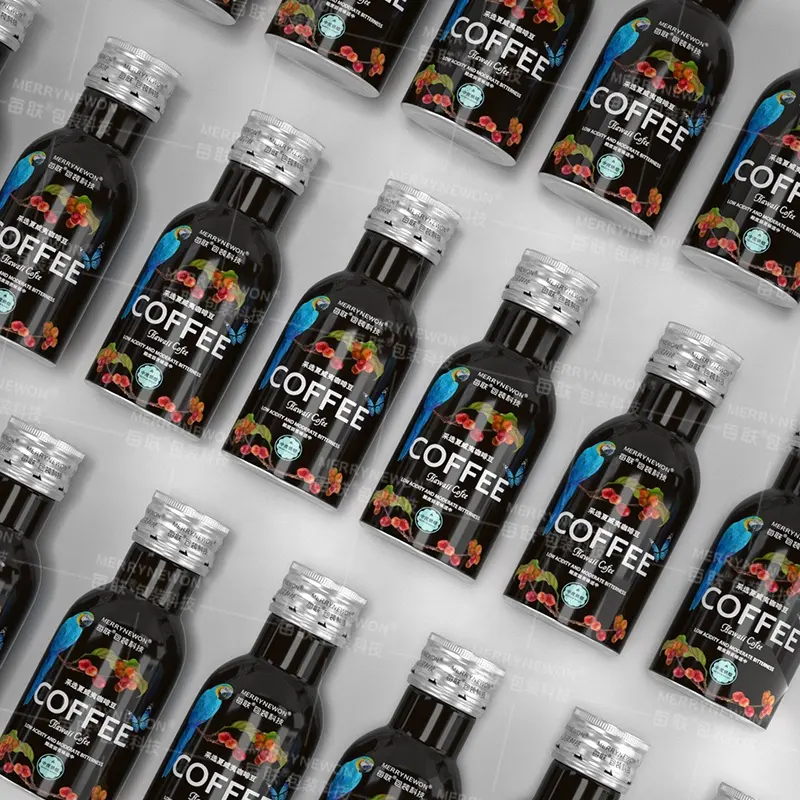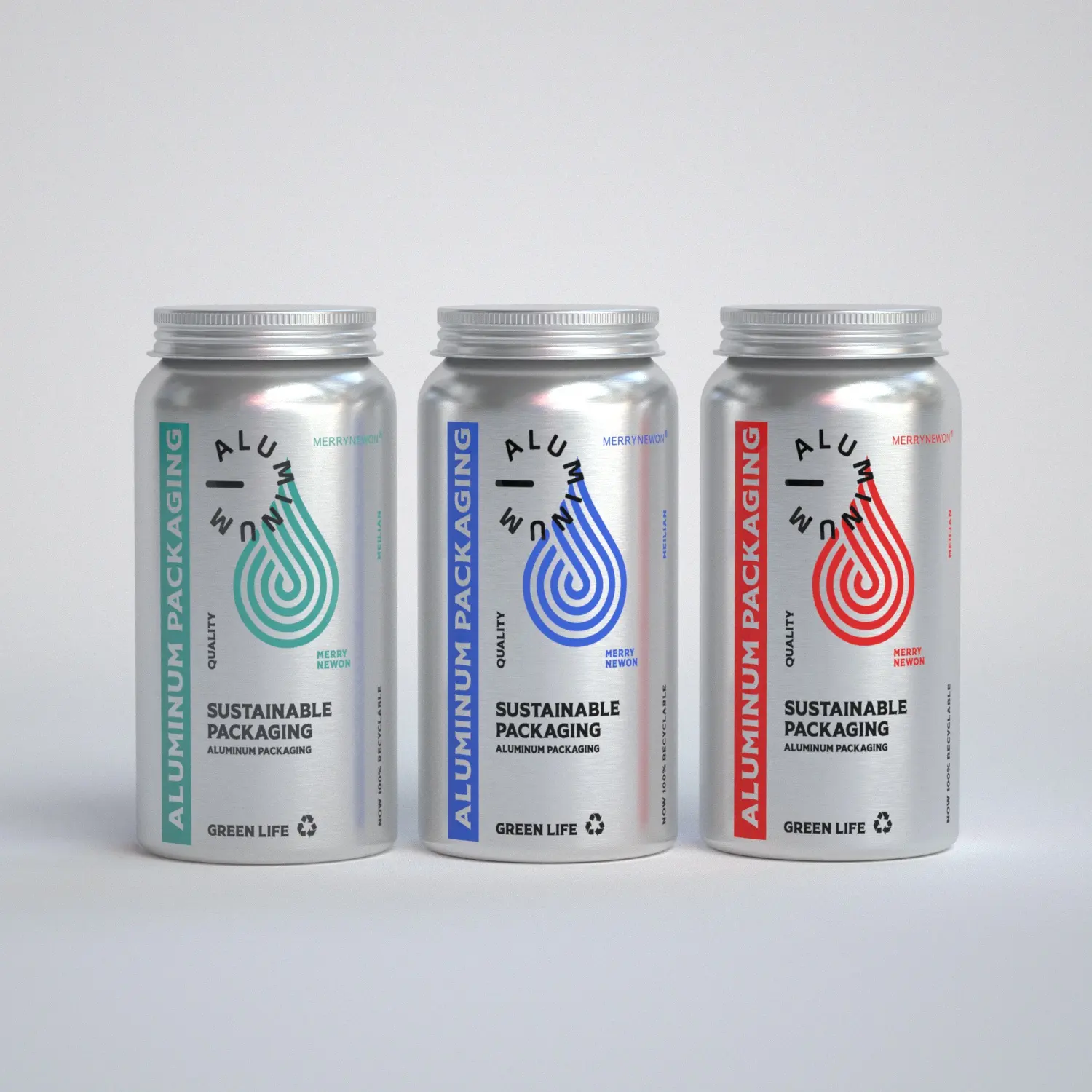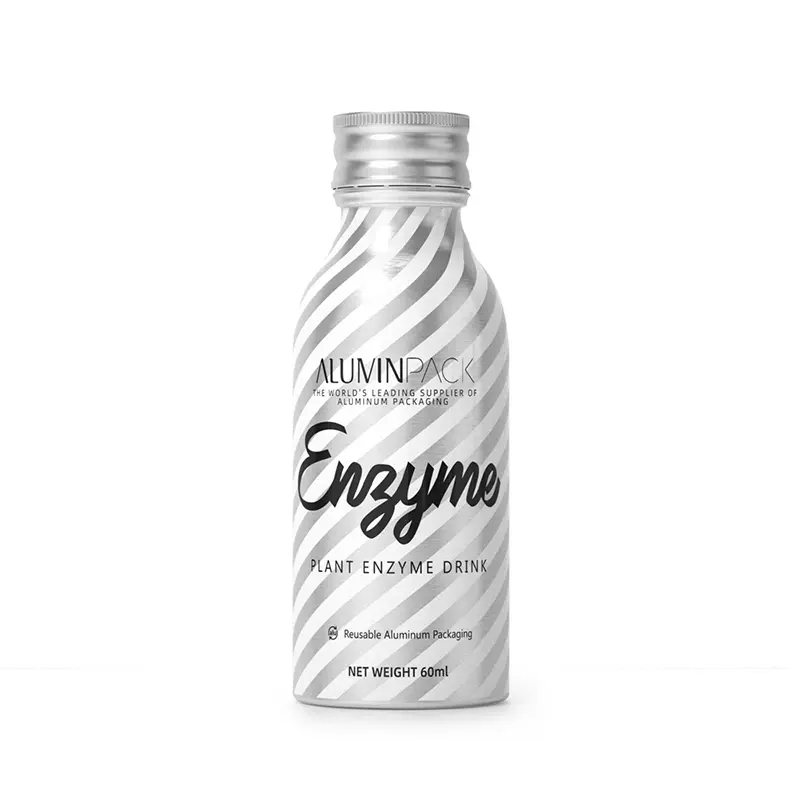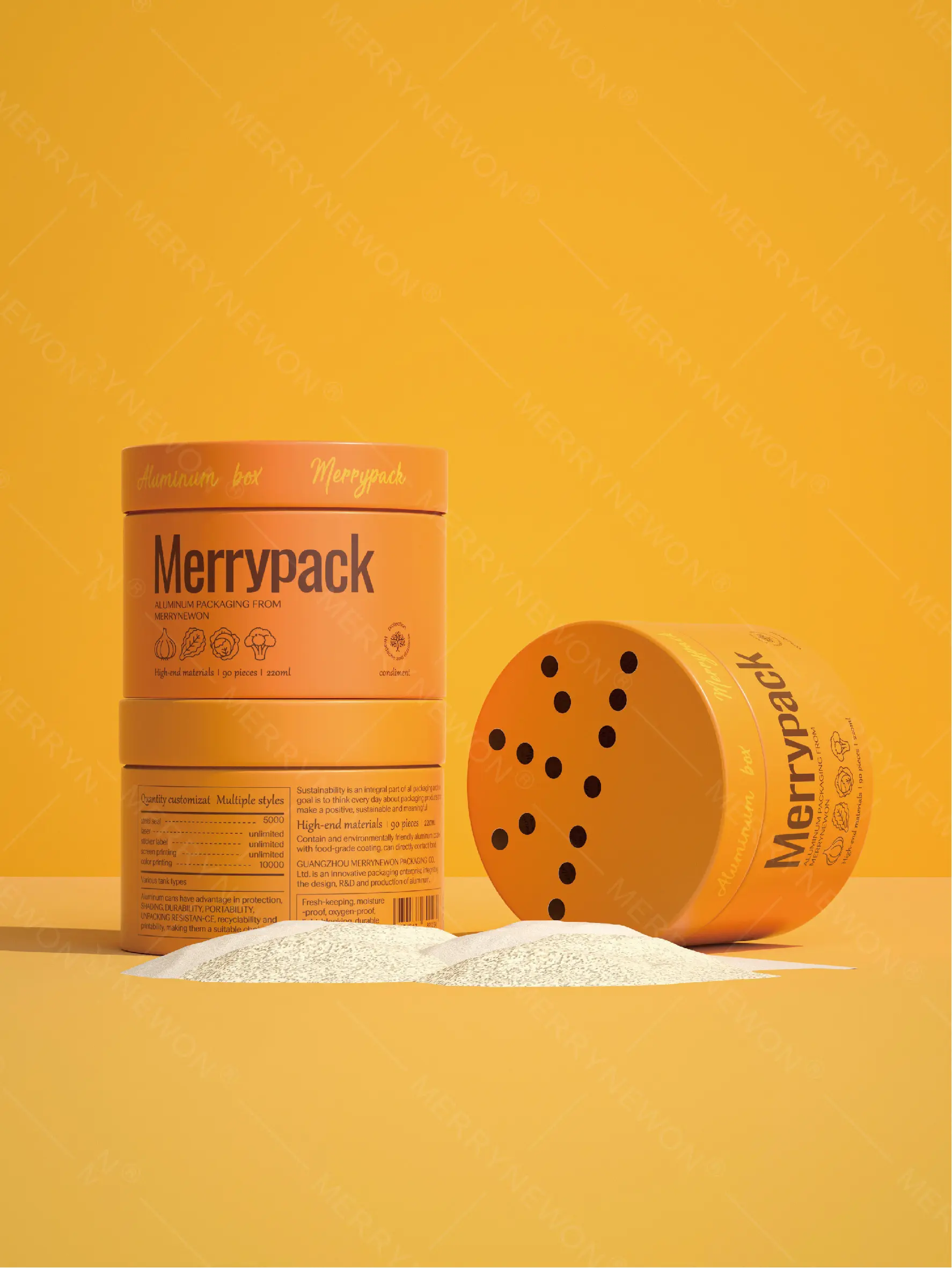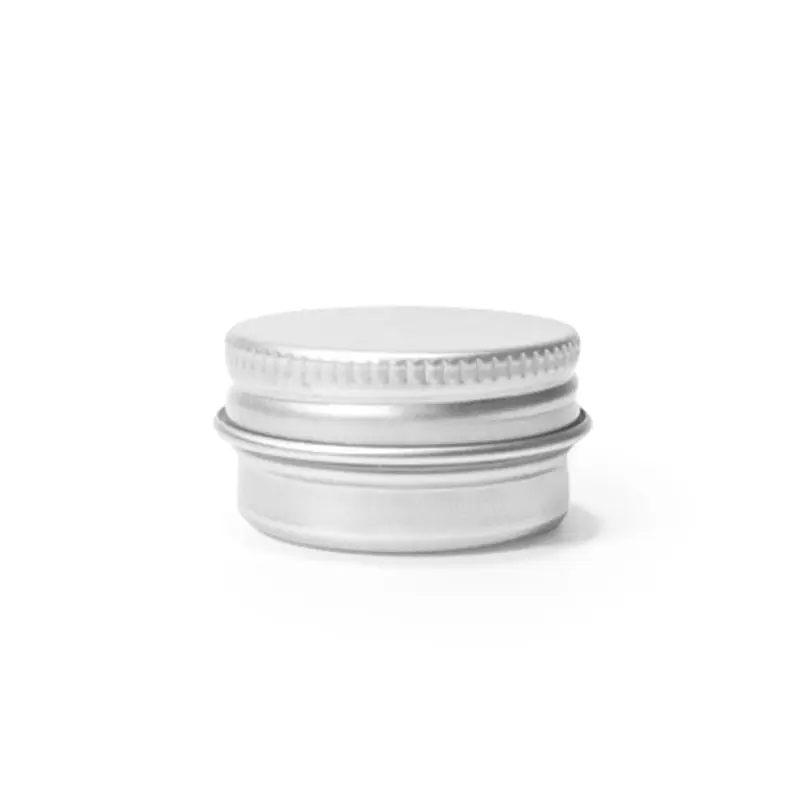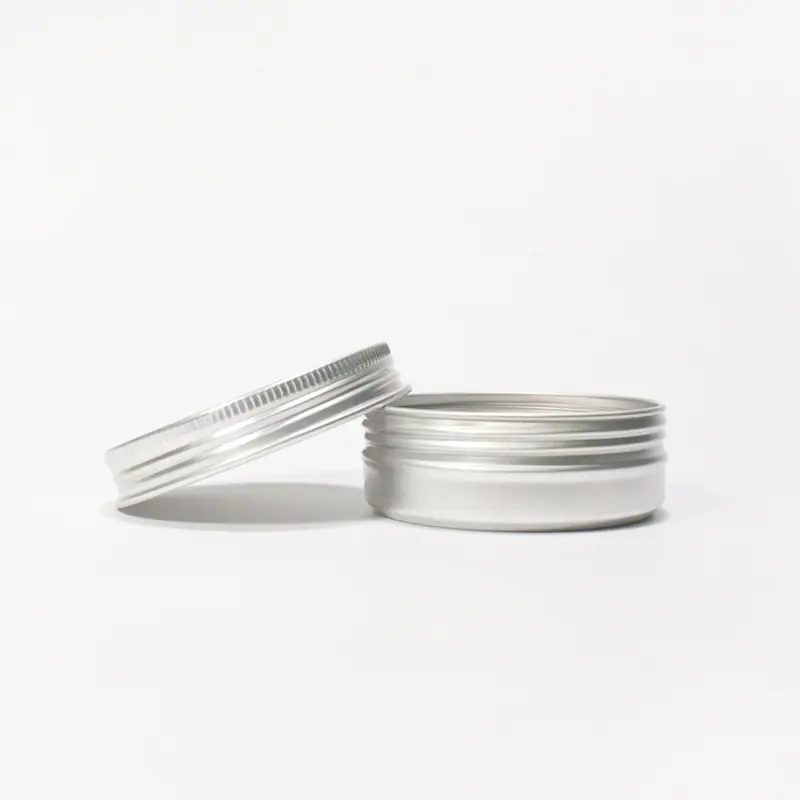 +86-18998410690
+86-18998410690 Aluminum can production process: A comprehensive guide
Aluminum cans, as an important part of the modern packaging industry, are widely used for packaging beverages and other industry application due to their lightweight, durable, and environmentally friendly characteristics. Its production process involves a number of precision steps, from aluminum sheet preparation to final product inspection, each step is critical. This article will detail the production process of aluminum can, such as Aluminium Containers for Food and Health Care, including the fabrication of the body and lid, as well as the final quality control and packaging, to demonstrate this efficient and complex manufacturing process.
Introduction to aluminum two-piece cans
The metal cans currently used for packaging are mainly aluminum two-piece cans. Aluminum two-piece cans are made from thin aluminum alloy sheets, and a thinning and stretching process is used in the manufacturing process so that the walls of the can are significantly thinner than the bottom of the can.
When used for beer packaging, the strong internal pressure will make up for the rigidity of the thin can wall, and the high gas resistance, light shielding, and sealing of metal cans will keep the quality of beer and beverages inside the can stable. Two-piece cans are metal containers consisting of two parts: a lid and an integral seamless can body with a bottom.
These containers are made of thin metal sheets of a certain shape, which are drawn up and calendered and deformed by a press through a molding die to become a packaging container with an integrated can body and bottom. After the empty can is transferred to the item, the lid is then put on for crimping and sealing to form a complete metal can. Because the whole metal can is composed of two parts, so it is called two-piece cans.
Key steps in aluminum can body production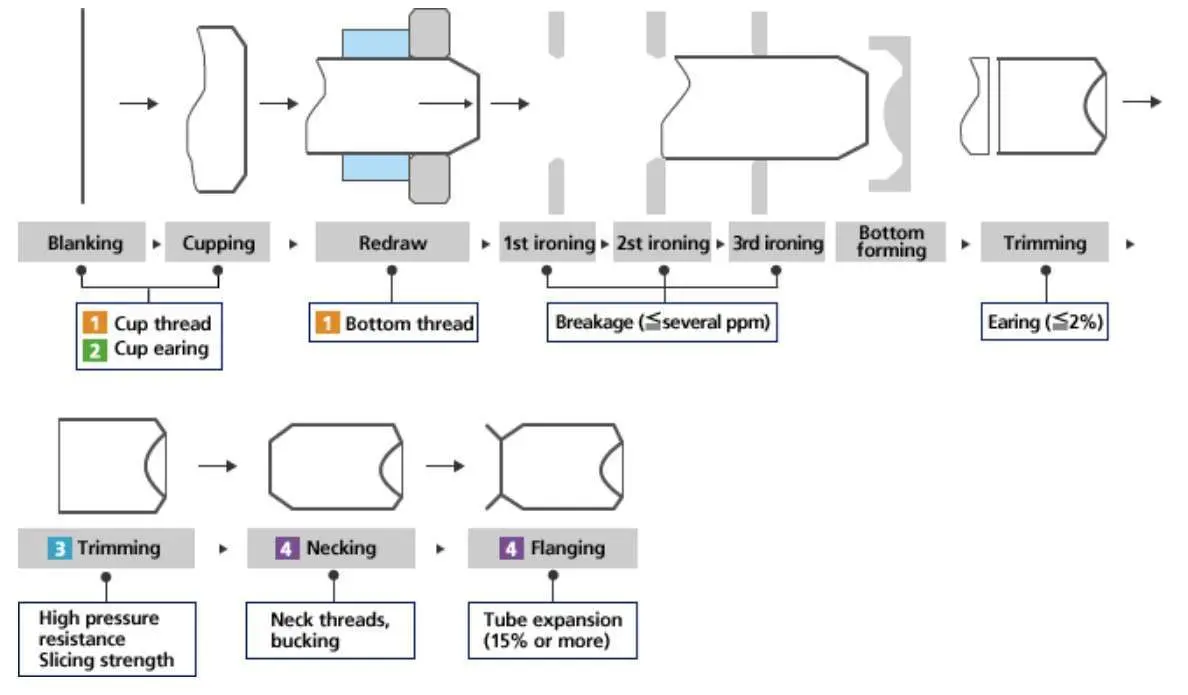
The production process of cans mainly includes the following links:
Aluminum plate preparation
Choose the aluminum alloy coil with a thickness of about 0.27MM-0.33MM and a width of 1.6M-2.2M.Open the rolled aluminum plate through the uncoiler, and apply thin lubricant through the lubrication machine to facilitate subsequent processing.
Cup punching
The aluminum sheet is punched into a cup shape by the punching machine.This process determines the basic shape of cans, with each stroke providing a certain number of cups for the stretching machine.
Stretching
The cup-shaped material is fed into the stretching machine.Through a series of mold stamping and stretching, the bottom and body of the can are formed into one piece.The process ensures uniform wall thickness by controlling the strength and speed of stretching.
Cutting edge
The bottom of the can is designed with a depression to prevent expansion when filled with carbonated beverages.The top of the stretched can is trimmed to ensure consistent height, with minimal error.
Cleaning and drying
The can body is cleaned to remove oil and impurities, often using strong acidic substances.After cleaning, the can is dried to prepare for further processing.
Surface printing
Patterns, text, and logos are printed on the can body using a high-speed color printing machine.Multiple colors can be printed simultaneously, ensuring vibrant and accurate designs.
Internal coating and drying
An epoxy phenolic coating is applied to the interior to prevent reactions between the beverage and the aluminum.The coating is then dried to enhance corrosion resistance.
Necking and flanging
The can body is shaped through multiple necking processes to achieve the desired form.Flanging is performed to prepare the can for sealing with the lid.
Aluminum can lid production process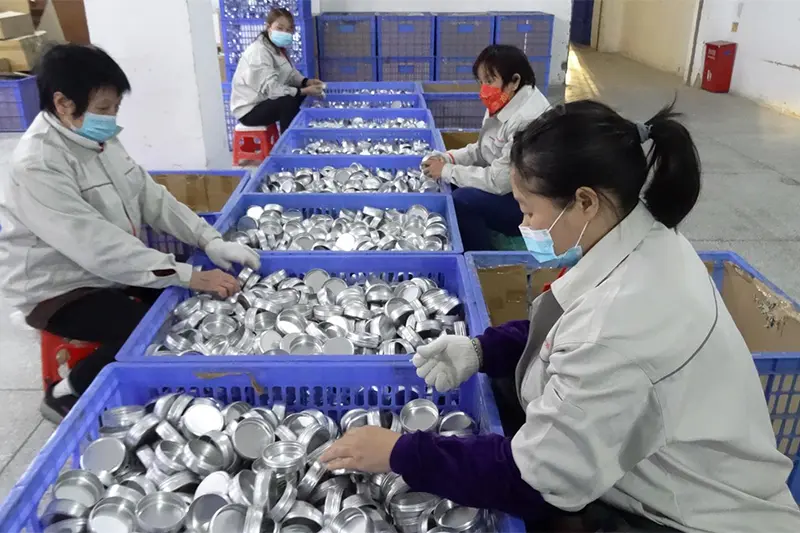
The production of can lids involves several critical steps to ensure functionality and durability.
Coil cleaning
Aluminum alloy coils (e.g., 5182 alloy) are cleaned to remove surface oils and impurities.
Punching and crimping
The coil is punched into the shape of the lid.The edges are crimped to ensure smoothness and ease of sealing.
Painting
A layer of paint is applied to the lid surface to enhance corrosion resistance and aesthetics.The painted lid is then dried to set the coating.
Pull ring assembly
A pull ring made of 5052 alloy is combined with the lid.The pull ring is riveted to the lid, with scoring added to facilitate easy opening.
Quality Control and Packaging of aluminum can
Ensuring the quality of aluminum cans is crucial for their performance and consumer satisfaction.
Inspection
Each can body and lid undergoes rigorous quality checks, including:
Appearance inspection: Ensuring no scratches or deformities.
Dimensional accuracy: Measuring height, diameter, and wall thickness.
Coating quality: Verifying the integrity of internal and external coatings.
Assembly
Qualified can bodies and lids are assembled to form complete cans.
Packaging
The cans are palletized in layers, with each pallet containing a specific number of cans.The pallets are secured with bands and placed on frames for transportation and storage.
Environmental benefits of aluminum can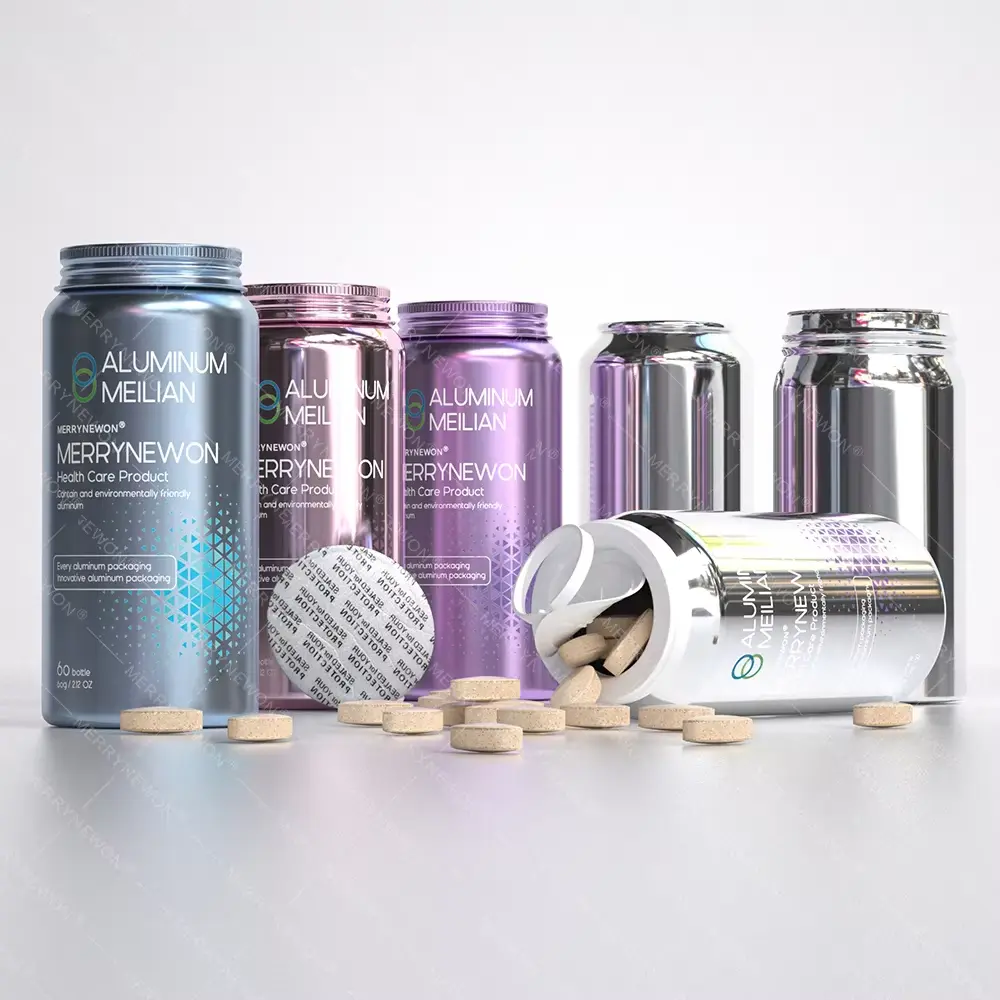
Aluminum cans are not only efficient in production but also highly sustainable.
Recyclability: Aluminum is 100% recyclable, and recycling it requires only 5% of the energy needed to produce new aluminum.
Reduced carbon footprint: Using recycled aluminum significantly lowers greenhouse gas emissions.
Lightweight design: Aluminum cans are lighter than glass or plastic alternatives, reducing transportation emissions.
Innovations in aluminum can production
The aluminum can industry continues to evolve with new technologies and innovations.
Smart packaging: Some cans now feature QR codes or NFC tags for interactive consumer experiences.
Advanced coatings: New eco-friendly coatings enhance can durability and safety.
Lightweighting: Improved manufacturing techniques reduce material usage without compromising strength.
Conclusion
The production process of aluminum alloy cans is a highly automated and refined process involving multiple steps from raw material handling to finished product packaging. By precisely controlling each step, the high quality and consistency of the cans are ensured, meeting the stringent requirements of the market for packaging containers. With the continuous advancement of technology, the production efficiency and environmental performance of easy-open cans will be further improved and continue to play an important role in the packaging industry.






